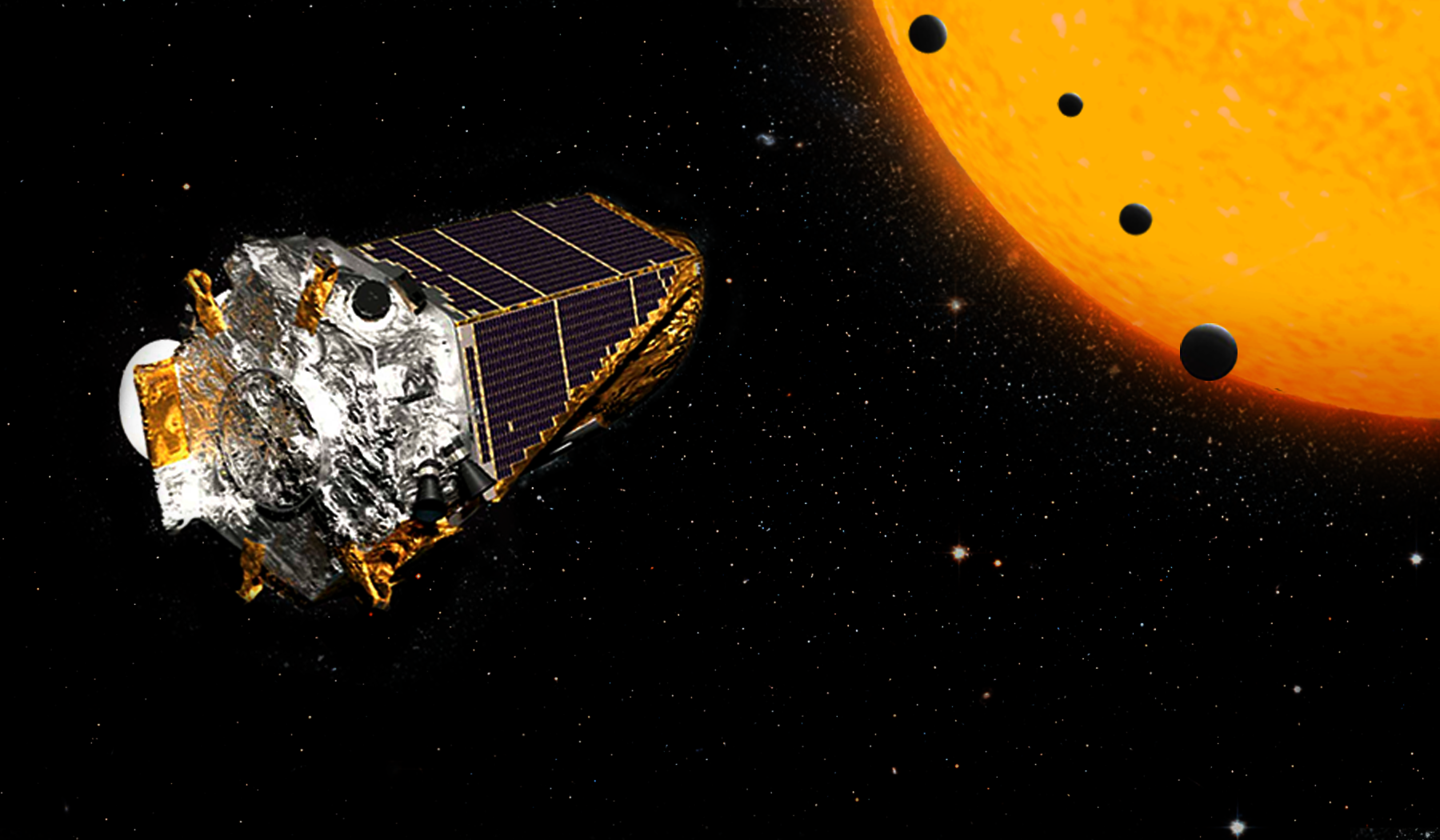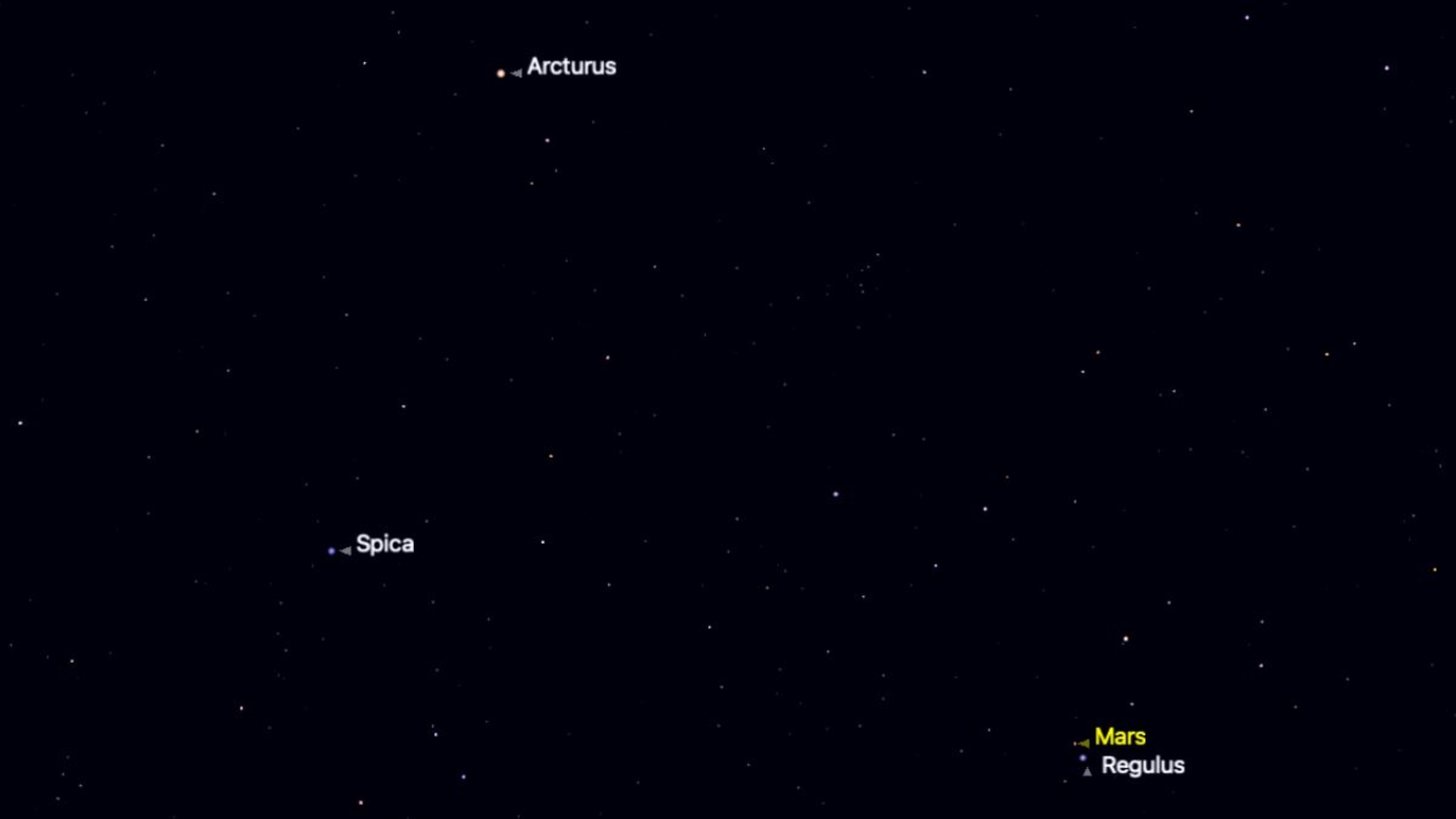Scientists spot elusive mini red giant stars, victims of stellar stealing
Astronomers are blaming a 'greedy neighbor.'

A tug-of-war between neighboring stars led to the formation of two strange types of red giant star, as seen in the eyes of a lost telescope.
Astronomers reported finding 40 examples of two different varieties of slimmed-down red giant stars. Scientists expected that such objects existed, since red giants are often in binary systems next to the dense core of a dead star, called a white dwarf, that can sometimes be a greedy neighbor. (These mismatched pairs arise because red giants form together; then, late in their lives, each sheds its layers of gas to become a white dwarf.)
"It’s like finding Waldo," Yaguang Li, study lead author and a Ph.D. candidate at the University of Sydney in Australia, said in a statement. "We were extremely lucky to find about 40 slimmer red giants, hidden in a sea of normal ones."
Related: The best Hubble Space Telescope images of all time!
The slimmed-down stars popped up in archival data gathered by NASA's exoplanet-hunting Kepler space telescope, whose main mission ran from 2009 to 2013. (Kepler conducted an extended mission after that and was retired in late 2018.) During that period, Kepler was pointed continuously at a spot in the constellation Cygnus, allowing it to measure brightness variations in tens of thousands of red giant stars, the same category that our sun will become when it ages.
Revisiting these observations, the team found two kinds of unusual red giant stars: one with lower masses and one that shines less brightly.
The very low-mass stars contain only about half the mass of the sun. Given the typical size of a red giant star, the researchers said this mass loss could only be explained in one of two ways. One would be very slow and gradual loss, but that process would take longer than the age of the universe (13.8 billion years) and thus be impossible.
Breaking space news, the latest updates on rocket launches, skywatching events and more!
That left what the team referred to as a "greedy neighbor," meaning a white dwarf pulling mass away from the red giant, as the only possible explanation for low-mass red giants.

The second unusual type was "underluminous stars," which have normal masses, up to twice that of the sun. However, these stars appear to be smaller and fainter than modeling would suggest. The stars are also rare, as only seven of this type were found in the Kepler data.
The rareness of the stars, along with the lack of apparent explanation for their weight loss by normal physical processes, caused researchers to conclude that, again, a hidden companion must be stealing away mass from the underluminous stars.
The researchers probed the stars using asteroseismology, or the study of stellar vibrations, to give more information about their properties, including evolutionary stage, mass and size.
It was through this larger survey that the astronomers discovered that some red giants have tiny masses relative to the entire population, inspiring the investigations about why some red giants are very small or underluminous, the team said.
"Our results open up new possibilities to study the evolution of post-mass-transfer binary systems," the team wrote in their paper, which dives further into the mechanisms of how white dwarfs remove mass from a red giant companion and was published in Nature Astronomy on Thursday (April 14).
Follow Elizabeth Howell on Twitter @howellspace. Follow us on Twitter @Spacedotcom or on Facebook.
Join our Space Forums to keep talking space on the latest missions, night sky and more! And if you have a news tip, correction or comment, let us know at: community@space.com.

Elizabeth Howell (she/her), Ph.D., was a staff writer in the spaceflight channel between 2022 and 2024 specializing in Canadian space news. She was contributing writer for Space.com for 10 years from 2012 to 2024. Elizabeth's reporting includes multiple exclusives with the White House, leading world coverage about a lost-and-found space tomato on the International Space Station, witnessing five human spaceflight launches on two continents, flying parabolic, working inside a spacesuit, and participating in a simulated Mars mission. Her latest book, "Why Am I Taller?" (ECW Press, 2022) is co-written with astronaut Dave Williams.
